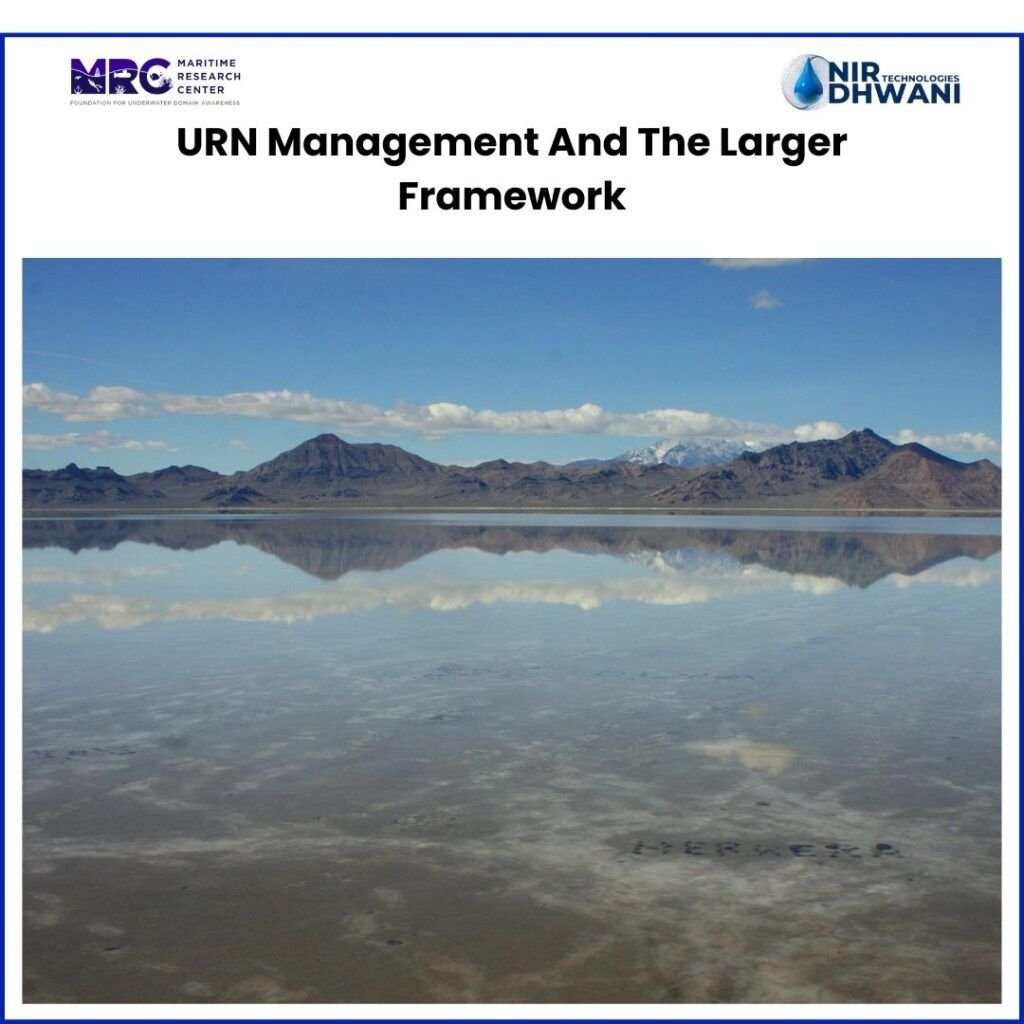Overview
This paper attempts to address the gaps in policy and associated know how with regards to URN Management, suggesting technical, operational and policy interventions that can aid in management of underwater radiated noise. It also considers existing and new vessels separately and stresses on the need for capacity and capability building. Furthermore, this paper will analyst the suggestions in brief to give an idea about their effectiveness and cost aspects.
Key highlights
- The most significant source of underwater noise from vessels is propeller cavitation, accounting for 80-85% of the ship’s total noise.
- Cavitation can be reduced by propeller designs like Contracted Load Tip Propeller, high skew propeller, mewis duct and propeller boss cap fin, which are shown to reduce noise output of vessels.
- Underwater noise emission can increase as a result of poor vessel maintenance since fouling on the propellers can increase cavitation, and surface roughness of the hull increases drag.
Methods for URN Management
- The greatest potential for URN management is via ship-quieting technologies along with operational and activity reduction measures.
- Implementing quieting technologies to existing vessels is much more costly and less effective than implementing quiet ship design guidelines.
- However, such initiatives or guidelines for new vessels may take a long time to be implemented, due to the long operational lifetimes of current vessels.
- The most effective option may therefore be to combine requirements for new vessels with measures that target the noisiest existing vessels.
- In addition to that, promoting research and knowledge development and adopting methods for capacity and capability building.
Challenges
- The topic still has knowledge gaps and there is a lack of knowledge and research containing scientific data establishing the ill-effects of underwater radiated noise.
- There are uncertainties about the effectiveness, efficiency, and cost aspects of present and proposed URN management
- Noise is a form of energy pollutant as opposed to material pollutants. Thus, it must be quantified at the source itself and in context to surroundings.
- Capacity and capability building is also a challenge in a country like India.
Key recommendations
- URN Measurement practices could be implemented in high-density shipping routes in the Bay of Bengal and Indian Ocean.
- Registries of vessel noise output could then be compiled at the National Level and updated periodically.
- A Central data pool can be developed to share and synchronize information between stakeholders to and undertake URN management measures.
- The formation of a state-of-the-art quiet ship design guideline for ship builders, owners, operators, and shipyards to undertake noise management measures.
- Education and training of operators and associated personnel, both onshore and offshore also plays a crucial role in the management of URN.
- Substantial research must also be undertaken to quantify the effects of URN, considering species specific impacts and the impact on fishing and marine tourism.
“The policy approach to tackle URN pollution must consider all three aspects: technical, operational, and economic. In order to manage URN pollution, it is important to consider the inter-relations between the three pillars of sustainable development (Social, Economic, and Environmental). Furthermore, it is essential to promote research examining and quantifying the socioeconomic effects of higher levels of underwater radiated noise”



Leave a Reply